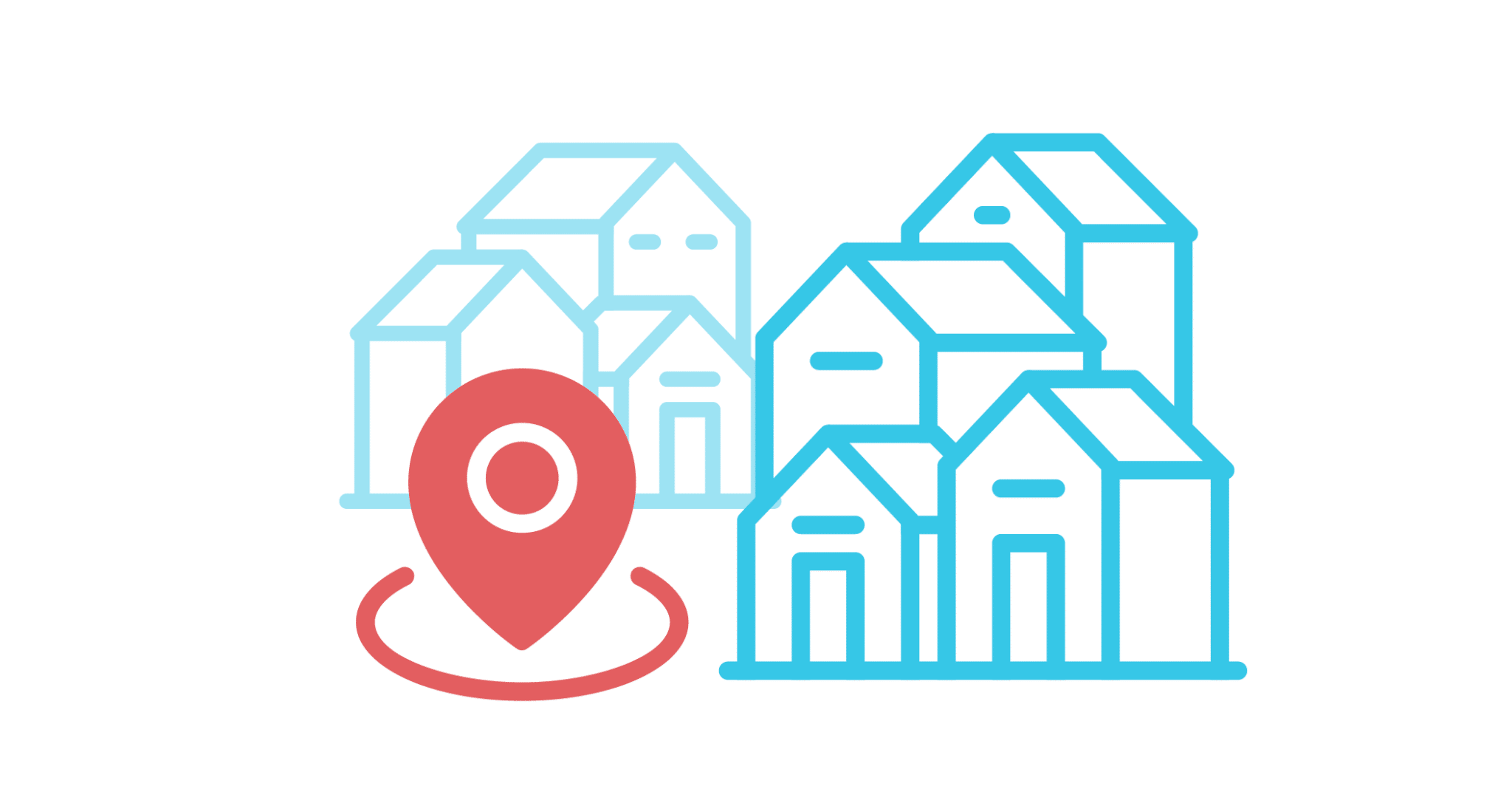In recent decades, researchers have identified a dramatic nationwide shift: the American middle-class family is struggling.
The middle class is a social group that is defined mainly by income. A report released by Pew Research Center describes an American middle-class family as one that makes about $45,200 to $135,600 for every three members. That’s about two-thirds to double the size of the median household income.
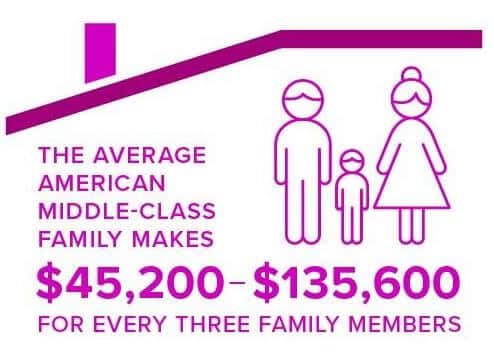
And although they make up 51% of the population, the average middle-class family’s access to “the good life” is more limited than ever before. As the cost of living rises, wages have stayed the same. This stagnation has had a broadly negative impact on the middle class. Balancing the best short-term and long-term financial decisions leaves many families constantly worried about the present and the future. With limited information on how to plan for both, it’s hard to make decisions without sacrificing the welfare of their families.
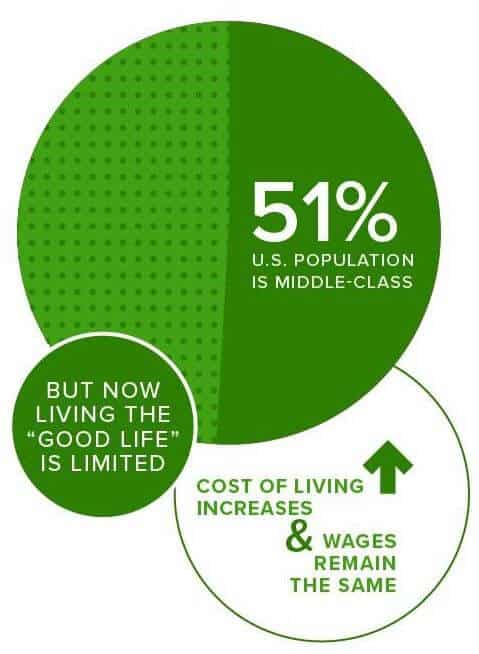
But, there are pockets of the country where middle-class families seem to be bucking the trends.
For middle-class families, where they choose to live is a big decision. The socioeconomic factors can significantly impact those who live there, and these factors are even more critical for a family unit.
Living in an urban environment can present many advantages for a family, but it also comes with risks. Urban areas tend to have higher crime rates than rural ones, and specific neighborhoods can be less safe than others. Families from all income levels should consider these factors before they decide on where they want to live.
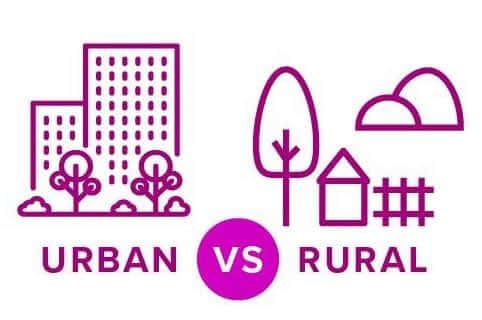
Researchers at CreditNinja have identified some U.S. cities that have ideal economic conditions for middle-class families. According to the numbers, these cities can offer today’s middle-class family an opportunity to thrive.
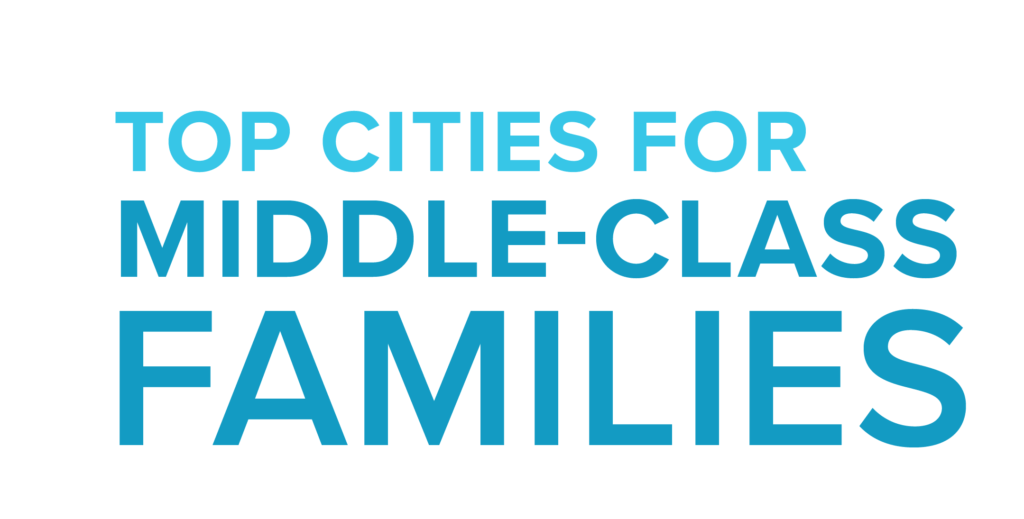
#1 Joplin, Missouri
Population: 52,288
Median Household Income: $42,782
Joplin is a city in southwestern Missouri, near the edge of the Ozark Mountains range. Joplin got its start as a mining center for minerals like lead and zinc. Today, the bustling small metropolis is a stop along the U.S. Route 66, with several historical attractions dedicated to the famed highway.
Although it registers in the middle of most of our data points, Joplin scores high where it matters most to middle-class families: in providing paychecks. The city has the highest employment rate among the nearly 100 cities studied, at 73.8%. With the national employment rate at just 58%, it’s easy to see why Joplin is the crown jewel of this list. Additionally, Joplin’s cost of living expenses is among the lowest in the country.
#2 Sioux Falls, South Dakota
Population: 183,793
Median Household Income: $59, 017
Sioux Falls is the largest city in South Dakota. In a state that doesn’t have a corporate income tax, Sioux Falls is the home of many financial companies. Additionally, the city is also a regional health care center, which employs the majority of the people in the area.
These powerhouse industries make Sioux Falls the second-highest employment rate on the list at 71.7%. Sioux Falls has near-perfect conditions for middle-class families with average rent prices below $1,000 ($816) and home values below the national average ($212,000).
#3 Plano, Texas
Median household income: $92,121
Population: 287,677
Plano is a city that is part of the Dallas-Ft. Worth metroplex—one of the largest metropolitan areas in the United States. The city is home to some of the world’s largest corporations, like J.C. Penny, Frito Lay, and Toyota. Plano is an ideal place for any family, with the city’s high median annual income, booming job market, and low violent crime rates.
#4 Des Moines, Iowa
Population: 623,113
Median household income: $74,787
A regional hub for business in the Midwest, Des Moines is also the capital and largest city in Iowa. It is the corporate home for some of the largest insurance companies in the country and several Fortune 500 companies.
Des Moines is a hub for regional cultural events and festivals. From unique shops to locally-owned restaurants, there’s something for everyone to enjoy. Additionally, there are plenty of parks, trails, and gardens to explore.
Des Moines hovers right around the national average when it comes to cost of living expenses. Keeping those expenses low is the city’s low median home value, which sits at $149,824. For a middle-class family, Des Moines checks a lot of boxes on the “must-have” list.
#5 Bismarck, North Dakota
Population: 762,062
Median household income: $57,596
Bismarck is the capital and second-largest city in North Dakota. Bismarck is a great place to live for those who like their outdoor activities. There are more than 80 miles of trails, seven golf courses, and plenty of forests surrounding the city. Bismarck’s vibrant downtown is full of cafes, restaurants, and shops.
Bismarck was ranked as the seventh fastest-growing small city in the United States by Forbes magazine in 2019. Additionally, its 2.1% unemployment rate is the lowest of any city in the country.
#6 Lincoln, Nebraska
Population: 289,102
Median household income: $55,224
Lincoln is the capital and second-largest city in the state of Nebraska. Many people take advantage of jobs in the local, state, and federal governments as a government center. One of the biggest employers in Lincoln is the University of Nebraska. Additionally, the city is host to a growing high-tech sector and is part of the emerging industry center known as the “Silicon Prairie.”
Although the city reports a lower median household income than others, Lincoln has a comfortably low cost of living rate (89.8). The city also has a higher-than-average employment rate (68.7%).
#7 Fort Wayne, Indiana
Population: 270,402
Median household income: $48,023
Fort Wayne is the second-largest city in Indiana, after Indianapolis. Logistics and transportation are its most prominent industries. It also relies heavily on healthcare, professional and business services, leisure and hospitality, and financial services.
Fort Wayne offers a blend of low housing rates and substantial employment numbers. The average home value is around $110,000, and 62% of Fort Wayne residents have jobs.
#8 McKinney, Texas
Median household income: $89,964
Population: 199,177
Along with Plano, McKinney is a suburban city in the Dallas-Ft. Worth metroplex. The city has been listed among the fastest-growing in the United States since 2000. Its low crime rates and high home values make it an attractive location for middle-class families. McKinney’s unemployment rate sits at just 3.5%, which is half the national average.
Other Cities That Round Out our Top 20:
#9 Amarillo, Texas
Population: 198,773
Median household income: $46,741
#10 Conway, Arkansas
Population: 65,782
Median household income: $46,741
#11 Overland Park, Kansas
Population: 195,494
Median Household Income: $82,651
#12 Billings, Montana
Population: 109,577
Median Household Income: $58,375
#13 Oklahoma City, Oklahoma
Population: 655,057
Median Household Income: $54,034
#14 Wichita, Kansas
Population: 389,938
Median Household Income: $50,867
#15 Odessa, Texas
Population: 123,334
Median Household Income: $63,145
#16 Omaha, Nebraska
Population: 478,192
Median Household Income: $56,780
#17 Tulsa, Oklahoma
Population: 651,552
Median Household Income: $53,902
#18 Louis, Missouri
Population: 293,792
Median Household Income: $65,300
#19 Edmond, Oklahoma
Population: 94,054
Median Household Income: $78,692
#20 Lafayette, Louisiana
Population: 244,390
Median Household Income: $54,726
Our Method
CreditNinja evaluated 95 cities and metropolitan areas across the United States to determine the best places for middle-class families. First, we sought to identify the data that would be most important to middle-class families.
To get an accurate assessment of whether a city is middle-class friendly, our researchers considered many factors. The most important one is the cost of living and what it takes to maintain a particular lifestyle. For example, middle-class families will find it challenging to live in a city where rent prices are too high, or salaries aren’t enough for an acceptable quality of living. Additionally, parents want to raise their families in relatively safe areas. That makes statistics like crime rates an essential factor.
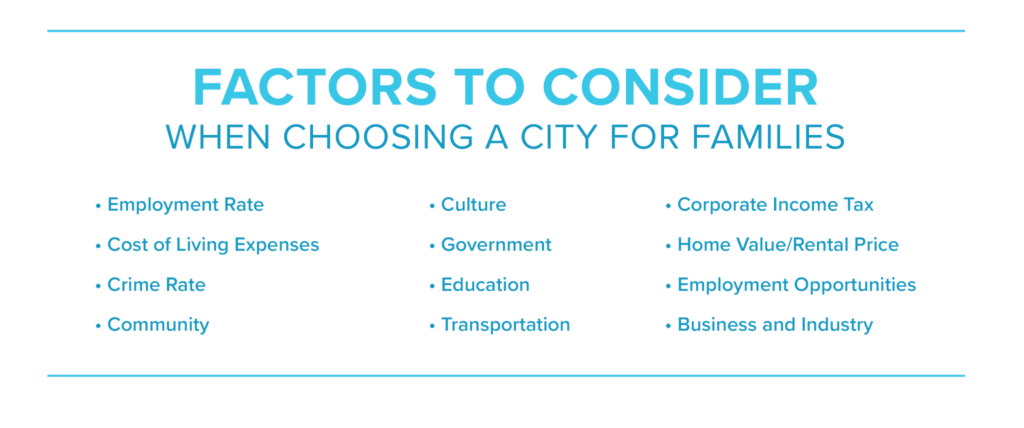
Our research focused on the following data points:
- Median household income
- Average (mean) annual salary
- Median monthly rent
- Violent and Property Crime rates (based on reported crimes for every 1,000 people per city)
- Cost of living expenses
- Employment rate
These factors were grouped into weighted categories:
- Income 25%
- Housing 20%
- Expenses 15%
- Employment 35%
- Crime 5%
Our researchers examined data points for each of the target cities. The data consisted of the most sought-after information by couples or individuals when deciding where to live and work while caring for school-aged children.
The data was plotted on a 20-point scale. Factors relating to income and financial security were added to a city’s score, while expenses and risks (cost of living expenses and crime rates) were deducted from its score. Our top-rated city (Joplin, MO) scored 17.37. In comparison, our 95th ranked city (Birmingham, AL) scored a 0.87.
References:
- Quick Facts | Census
- Best States for the Middle Class to Find Jobs and Homes | CNBC
- 10 Best States for the Middle Class | U.S. News
- Best Cities for the Middle Class | Architect Magazine
- Cheapest Cities to Live in 2019 | Kiplinger
- Cities With Lowest Cost of Living | Business Insider
- America’s Safest and Most Affordable Cities | Yahoo Finance
- The American Middle Class Is Stable in Size, but Losing Ground Financially To Upper-Income Families | Pew Research Center
- Are You in the American Middle Class? Find Out With Our Income Calculator | Pew Research Center
- Best Small Places for Business and Careers 2019 | Forbes
Matt Mayerle is a Chicago-based Content Manager and writer focused on personal finance topics like budgeting, credit, and the subprime loan industry. Matt has a degree in Public Relations and has been researching and writing about financial literacy and personal finance since 2015, and writing professionally since 2011.
